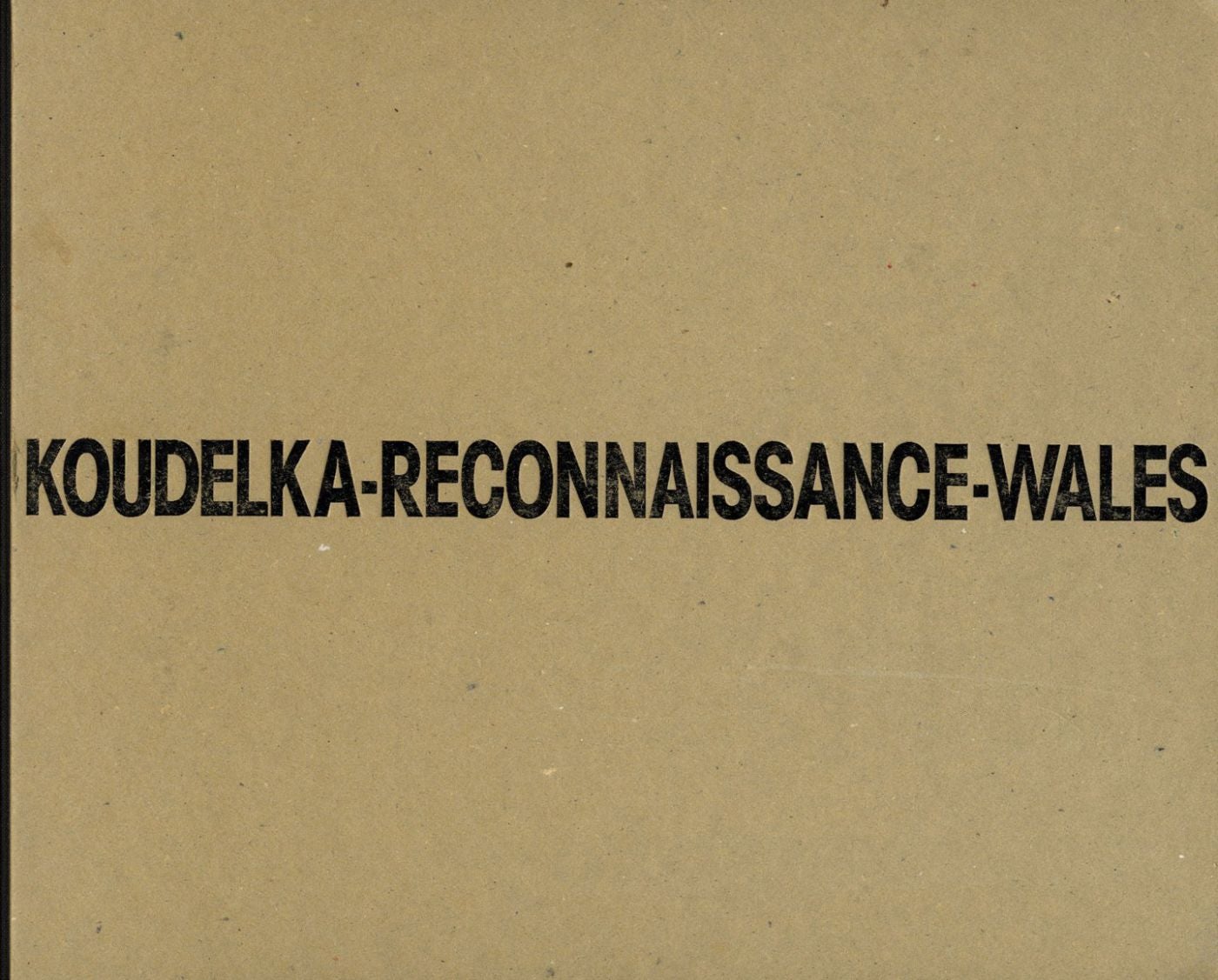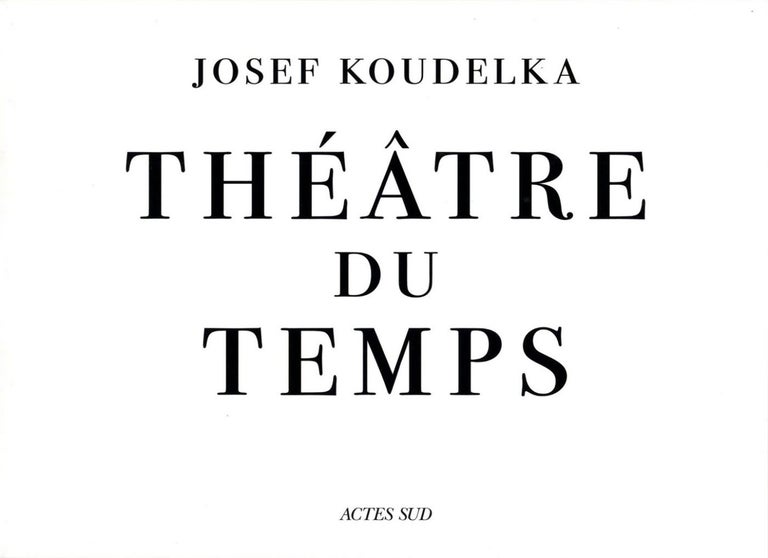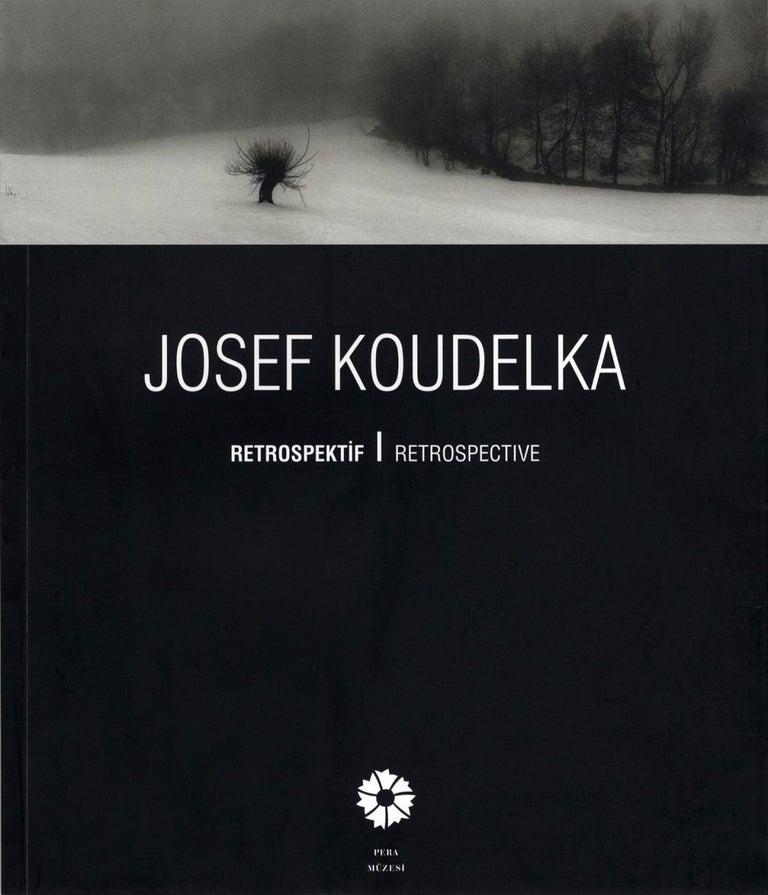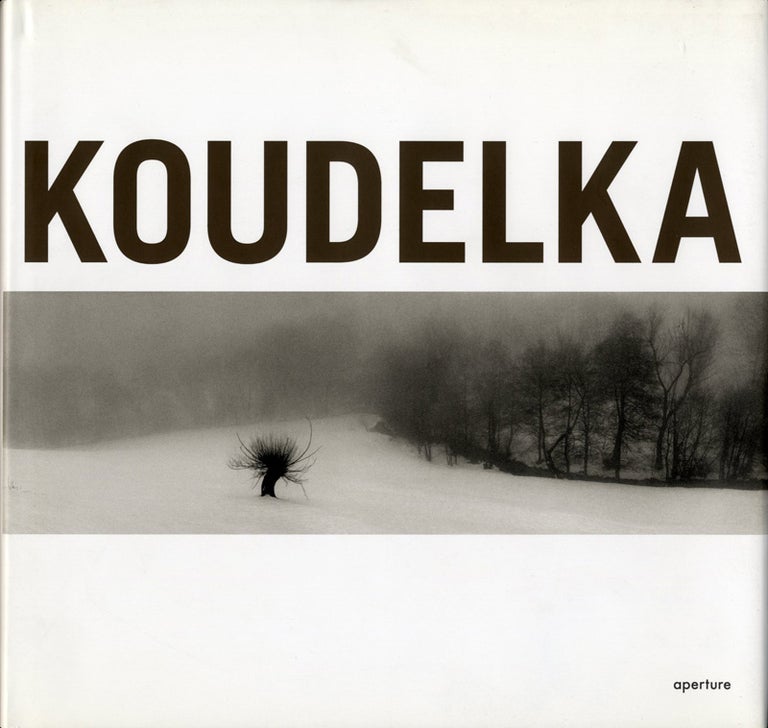Josef Koudelka: Reconnaissance-Wales
Publisher: Cardiff, Wales: Ffotogallery, in Association with Cardiff Bay Arts Trust, The National Museums and Galleries of Wales & Magnum Photos, 1998
Edition: 1st Edition
Binding: Hardcover
ISBN: 1872771459
Condition: Near Fine / No dust jacket as issued
Item #: 106662
$875.00
Specifics
First edition, first printing. Hardcover. Heavy coverstock boards with title stamped in black on cover, black cloth spine, no dust jacket as issued. Photographs by Josef Koudelka. Preface by Christopher Coppock. Essay by Derrick Price. Includes a selected biography and an illustrated list of plates. Designed, edited and produced by Christopher Coppock. Unpaginated (48 pp.), Leporello (accordion-fold), with 16 tritone plates (each are 2-page spreads), beautifully printed on 170gsm Parilux Matt White paper by Leeds Photo Litho. 9-1/4 x 11-1/4 inches. This first edition was limited to 1000 copies.
Published on the occasion of a 1998-1999 exhibition at the National Museums & Galleries of Wales, Cardiff, the Glynn Vivian Art Gallery, Swansea and traveling to other locations.
Condition
Near Fine (toning to the front cover and to the rear cover near the spine, slight bump to lower left rear corner, else Fine).
Description
From the essay by Derrick Price: "From the early 1980s Josef Koudelka was traversing the world in search of man-made and industrial landscapes which personified our uneasy relationship with nature. Memorable projects (as of 1998) include two major bodies of work in France...photographing the remnants of the Berlin Wall in 1990; the war-torn centre of Beirut in 1992; and after he was able to return to Czechoslovakia from exile, he started to photograph one of the most devastated landscapes in Europe, commonly known as the Black Triangle, an area which borders the Czech Republic, Germany and Poland. In 1994 thirty-four large panoramic photographs were published in an accompanying book of the same name, which reveal a fractured, littered, torn land which contains villages that have been shattered by the rapacity of extractive industry. To travel to Cardiff and South Wales to record the aftermath of industry on this landscape was clearly a natural extension for Koudleka's photographic practice; as was the employment of the epic panoramic format which he had developed and refined so successfully from the mid-1980s...
Koudelka works as though he is assembling a formal alphabet of derelictions: one which maintains that objects have lost their old, familiar utility and are made strange by being dislocated, stranded, broken, sunk in mud, abandoned. Koudelka has often been praised for his ability to show us the affliction of everyday existence, but these images, grounded in the land itself, take on a monumental quality...Koudelka examines the landscape as though he were searching for its essential elements and the big, panoramic photographs impose an aesthetic order upon the scenes of bleakness and desuetude in a way which lends them both grandeur and poignancy."









